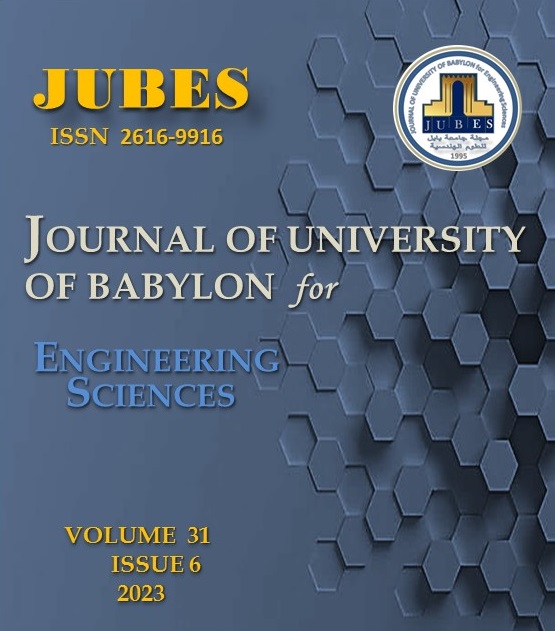Adsorbent from Low-Cost Bio Waste for Treating Municipal Wastewater
Main Article Content
Abstract
This study looks into the efficacy of using used tea leaves to remove heavy metal ions from wastewater. The effect of mineral ions on adsorbents is investigated by varying contact time, ricin dose, and starting mineral concentration. Researchers are also looking into the adsorption process's sensitivity to pH during the batch method. At a pH of 7 or below, depending on the concentration of heavy metals, metal ion removal is at its maximum; once equilibrium is attained, metal ion removal stops. The results suggest that used paper tea, along with other effective absorbent materials, could be used to treat wastewater containing heavy metal ions.. Additionally, the effects of resin, contact time, and principal mineral concentrations on the percentage of removal are being investigated. Tea has a high rate of absorption,the absorbency and cost effectiveness of using tea leaves to remove lead metal from wastewater have been achieved in this approach. The Freundlich and Langmuir methods of the batch experiment were used to calculate the amount of adsorbent material and the concentration of heavy metal in this investigation. The corresponding equations were uncovered, and their secrets revealed.
